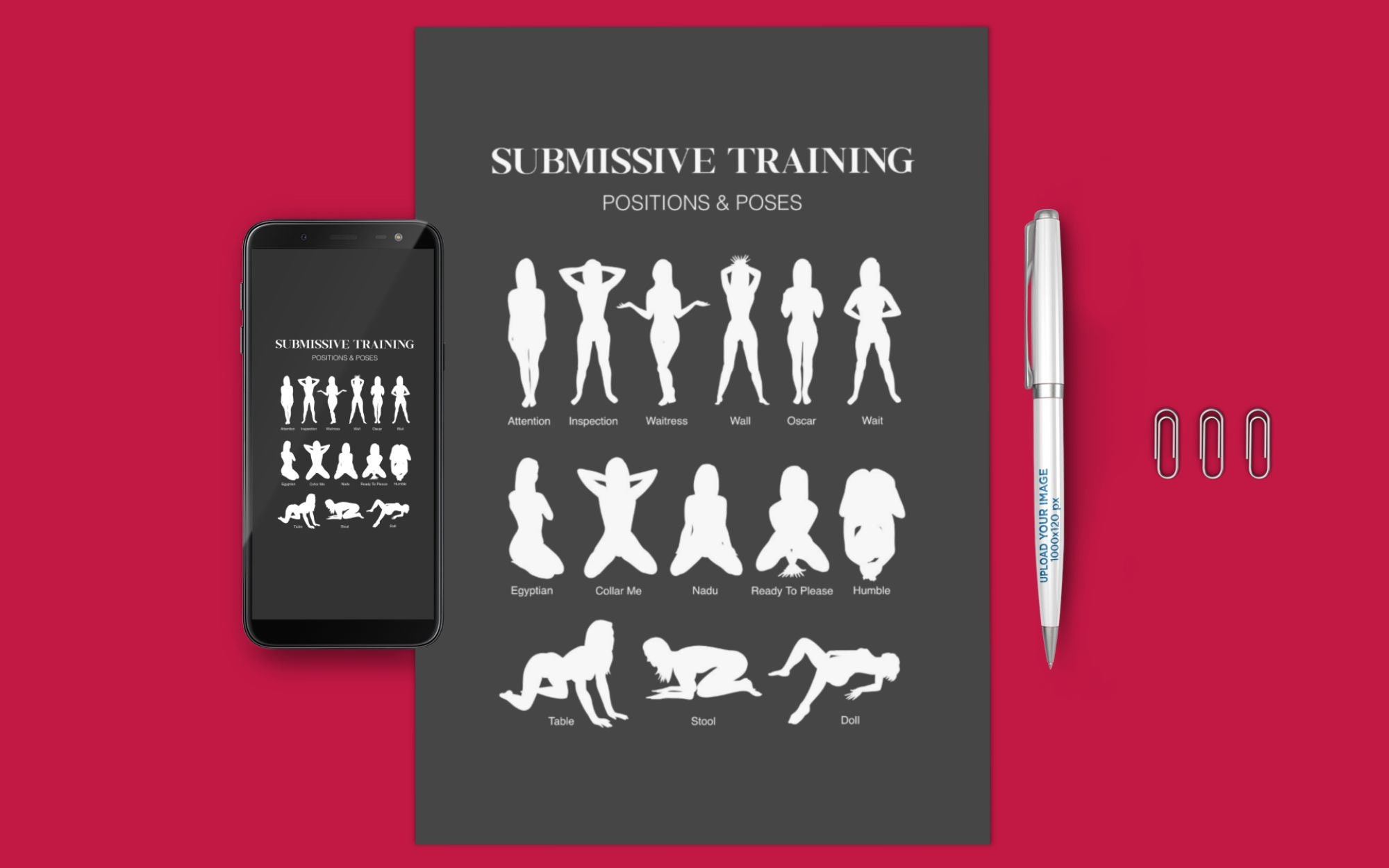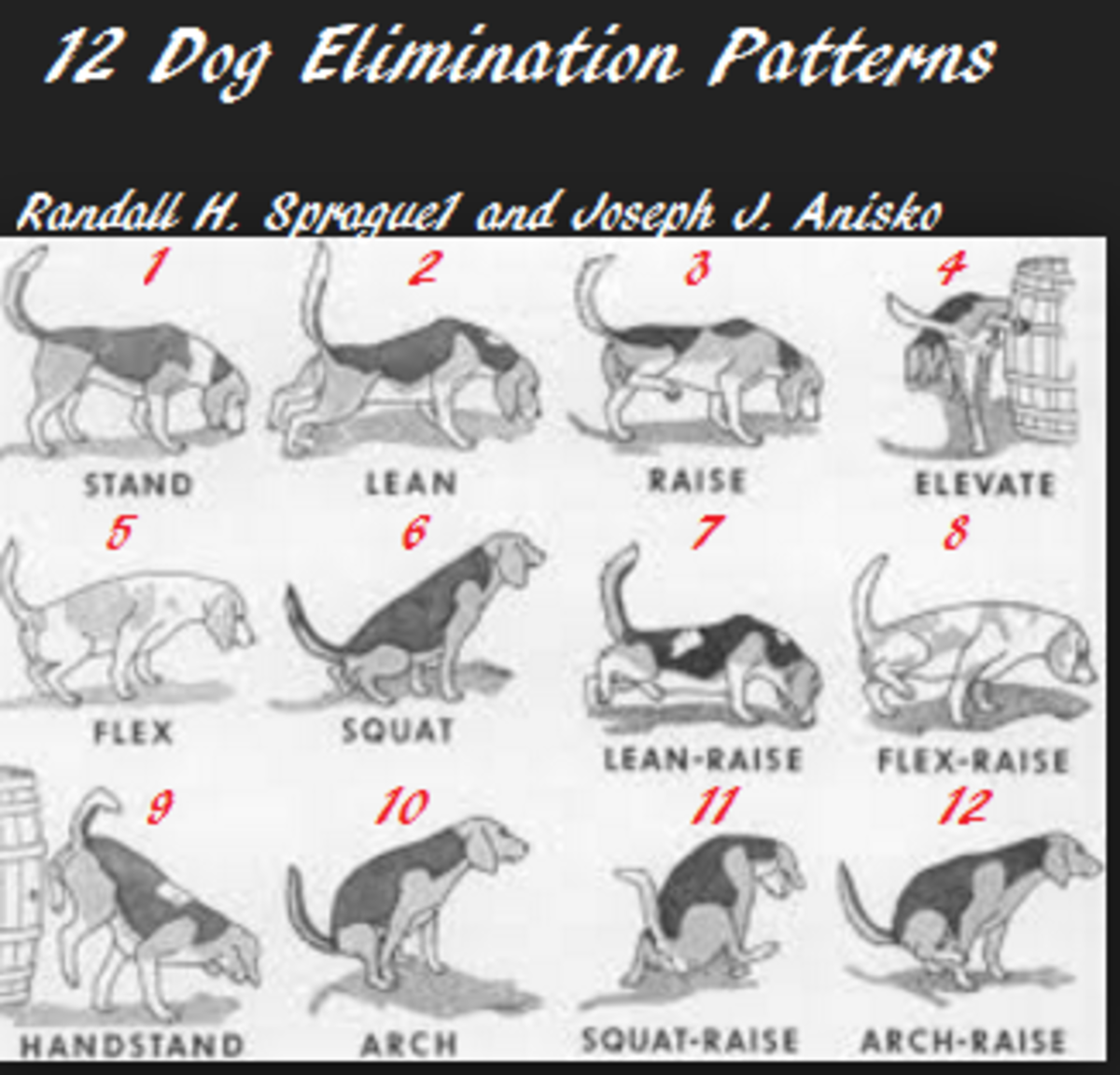12 And 20 Positions: What They Mean In Jos-038
The "12 and 20 positions" refer to the placement of the hands on the steering wheel of a vehicle. The 12 position is at the top of the wheel, and the 20 position is at the bottom. This hand placement is recommended by driving instructors because it provides optimal control and leverage for steering.
There are several benefits to using the 12 and 20 positions when driving. First, it helps to keep the driver's hands in a safe position in the event of an accident. Second, it allows the driver to make quick and precise steering adjustments. Third, it helps to reduce fatigue by distributing the weight of the arms and shoulders more evenly.
The 12 and 20 positions are not the only hand placement options available to drivers. Some drivers prefer to use the 10 and 2 positions, which are located slightly lower on the steering wheel. Ultimately, the best hand placement for a particular driver will depend on their individual preferences and comfort level.
It is important to note that the 12 and 20 positions are not recommended for all types of driving. For example, they may not be appropriate for driving in tight spaces or when making sharp turns. In these situations, drivers may need to adjust their hand placement to gain more control over the vehicle.
12 and 20 Positions Meaning
The "12 and 20 positions" refer to the placement of the hands on the steering wheel of a vehicle. These positions are recommended by driving instructors because they provide optimal control and leverage for steering.
- Safe: Keeps hands in a safe position in the event of an accident.
- Precise: Allows for quick and precise steering adjustments.
- Ergonomic: Distributes weight evenly, reducing fatigue.
- Universal: Suitable for most drivers and vehicles.
- Standard: Taught in driving schools and recommended by experts.
- Adjustable: Can be modified slightly to suit individual preferences.
- Essential: Crucial for proper steering and vehicle control.
The 12 and 20 positions are not the only hand placement options available to drivers, but they offer a combination of safety, precision, and comfort that make them the preferred choice for most driving situations.
- Micah Stephen Williams
- Rebecca Muir
- Tia Kemp Kids With Rick Ross
- Wade Wilson Crime Scene Photos
- Jarrod And Brandi Storage Wars
1. Safe
One of the key benefits of using the 12 and 20 positions is that it helps to keep the driver's hands in a safe position in the event of an accident. This is because the 12 and 20 positions allow the driver to maintain a firm grip on the steering wheel, which can help to prevent them from being injured in a collision.
- Reduced risk of hand and wrist injuries: When the hands are placed at 12 and 20, they are less likely to be struck by the airbag or other objects in the vehicle during an accident. This can help to reduce the risk of hand and wrist injuries, which can be common in car accidents.
- Improved control of the vehicle: Keeping the hands at 12 and 20 allows the driver to maintain better control of the vehicle, even in the event of a sudden impact. This can help to prevent the vehicle from swerving or rolling over, which can further reduce the risk of injuries to the driver and passengers.
- Faster reaction times: Having the hands in the proper position allows the driver to react more quickly to unexpected events. This can be critical in avoiding accidents or reducing their severity.
Overall, using the 12 and 20 positions is an important safety measure that can help to protect drivers in the event of an accident.
2. Precise
In addition to being safe, the 12 and 20 positions also allow for quick and precise steering adjustments. This is important for a number of reasons:
- Quick response to hazards: When driving, it is important to be able to react quickly to hazards. The 12 and 20 positions allow drivers to make quick and precise steering adjustments to avoid obstacles, pedestrians, and other vehicles.
- Improved cornering: The 12 and 20 positions also make it easier to corner smoothly and efficiently. This is because the hands are in a position that allows for maximum leverage and control.
- Reduced driver fatigue: Making precise steering adjustments can be tiring, especially over long periods of time. The 12 and 20 positions help to reduce driver fatigue by distributing the weight of the arms and shoulders more evenly.
Overall, the 12 and 20 positions offer a number of benefits that make them the preferred choice for most drivers.
3. Ergonomic
One of the key benefits of the 12 and 20 positions is that they are ergonomic, meaning that they distribute weight evenly, reducing fatigue.
When driving, it is important to maintain a comfortable and relaxed posture. This can be difficult to do if the hands are placed in an awkward position, such as at 10 and 2 or 9 and 3. The 12 and 20 positions, however, allow the arms and shoulders to rest in a more natural position, which can help to reduce fatigue over long periods of driving.
In addition, the 12 and 20 positions help to improve circulation by distributing weight evenly throughout the body. This can help to reduce the risk of developing carpal tunnel syndrome and other repetitive strain injuries.
Overall, the ergonomic benefits of the 12 and 20 positions make them the preferred choice for drivers who want to stay comfortable and alert behind the wheel.
4. Universal
One of the key benefits of the 12 and 20 positions is that they are universal, meaning that they are suitable for most drivers and vehicles. This is important because it means that drivers can use the same hand placement regardless of their height, weight, or the type of vehicle they are driving.
There are several reasons why the 12 and 20 positions are so . First, they provide a natural and comfortable hand placement for most people. Second, they allow for a full range of motion, which is important for making precise steering adjustments. Third, they are compatible with most steering wheels, regardless of their size or shape.
The universality of the 12 and 20 positions makes them an essential part of safe and efficient driving. By using the 12 and 20 positions, drivers can be sure that they are using the best possible hand placement for their individual needs and the vehicle they are driving.
5. Standard
The fact that the 12 and 20 positions are taught in driving schools and recommended by experts is a strong indication of their importance and effectiveness. There are several reasons why these hand positions are the standard for safe and efficient driving:
- Safety: The 12 and 20 positions provide optimal control and leverage for steering, which can help to prevent accidents and reduce the risk of injuries in the event of a collision.
- Precision: The 12 and 20 positions allow drivers to make quick and precise steering adjustments, which is essential for avoiding hazards and maintaining control of the vehicle.
- Comfort: The 12 and 20 positions are comfortable to maintain for long periods of time, which can help to reduce driver fatigue and improve alertness.
- Universality: The 12 and 20 positions are suitable for most drivers and vehicles, regardless of height, weight, or arm length.
Overall, the fact that the 12 and 20 positions are taught in driving schools and recommended by experts is a clear indication that they are the best possible hand placement for safe and efficient driving.
6. Adjustable
The 12 and 20 positions are a general guideline for hand placement on the steering wheel, but they can be adjusted slightly to suit individual preferences. For example, some drivers may prefer to place their hands at 10 and 2 or 9 and 3. Ultimately, the best hand placement for a particular driver will depend on their individual comfort level and arm length.
There are several reasons why it is important to be able to adjust the 12 and 20 positions. First, not all drivers have the same arm length or body proportions. Second, different driving situations may require different hand placements. For example, when driving in tight spaces or making sharp turns, drivers may need to adjust their hand placement to gain more control over the vehicle.
Being able to adjust the 12 and 20 positions is also important for safety. In the event of an accident, drivers who are using the correct hand placement are more likely to maintain control of the vehicle and avoid injuries.
Overall, the adjustability of the 12 and 20 positions is an important feature that allows drivers to customize their hand placement to suit their individual needs and preferences.
7. Essential
The 12 and 20 positions are essential for proper steering and vehicle control. This is because they provide drivers with the optimal hand placement for:
- Maintaining a firm grip on the steering wheel: This is important for maintaining control of the vehicle, especially in the event of an accident.
- Making quick and precise steering adjustments: This is essential for avoiding hazards and maintaining control of the vehicle, especially in emergency situations.
- Distributing weight evenly across the arms and shoulders: This helps to reduce driver fatigue and improve comfort, especially on long journeys.
- Reacting quickly to unexpected events: Having the hands in the proper position allows drivers to react more quickly to unexpected events, such as sudden stops or swerves.
Overall, the 12 and 20 positions are essential for proper steering and vehicle control. By using the 12 and 20 positions, drivers can improve their safety and overall driving experience.
12 and 20 Positions Meaning FAQs
Here are some frequently asked questions about the meaning of the 12 and 20 positions on a steering wheel:
Question 1: What do the 12 and 20 positions refer to?
Answer: The 12 and 20 positions refer to the hand placement on a steering wheel. The 12 position is at the top of the wheel, and the 20 position is at the bottom.
Question 2: Why are the 12 and 20 positions recommended?
Answer: The 12 and 20 positions are recommended because they provide optimal control and leverage for steering. They also help to keep the driver's hands in a safe position in the event of an accident.
Question 3: Are the 12 and 20 positions suitable for all drivers?
Answer: The 12 and 20 positions are suitable for most drivers. However, some drivers may prefer to use slightly different hand placements, such as 10 and 2 or 9 and 3.
Question 4: Can the 12 and 20 positions be adjusted?
Answer: Yes, the 12 and 20 positions can be adjusted slightly to suit individual preferences and arm length.
Question 5: Are the 12 and 20 positions essential for safe driving?
Answer: Yes, the 12 and 20 positions are essential for safe driving. They provide drivers with the optimal hand placement for maintaining control of the vehicle, making quick and precise steering adjustments, and reacting quickly to unexpected events.
Summary: The 12 and 20 positions are the recommended hand placement on a steering wheel because they provide optimal control, leverage, and safety. While slight adjustments may be made to suit individual preferences, the 12 and 20 positions are essential for safe and efficient driving.
Transition: For more information on safe driving practices, please refer to the next section.
Conclusion
In summary, the 12 and 20 positions on a steering wheel refer to the optimal hand placement for safe and efficient driving. These positions provide drivers with the best control, leverage, and safety, allowing them to make quick and precise steering adjustments and react quickly to unexpected events.
While variations in hand placement may occur based on individual preferences, the 12 and 20 positions remain the standard recommended by driving instructors and experts. Understanding the significance of these positions and implementing them while driving can significantly enhance safety and overall driving performance.
- Taylor Swifts Parents Reconcile
- Jarrod And Brandi Storage Wars
- Did Tom Holland Propose
- Lainey Wilson Feet
- Rory Feek New Wife

Submissive Training Positions & Poses Digital PDF Art File for Printing

What's Up With Male Dogs Peeing Like Females? Dog Discoveries

Paris Berelc 12/20/2022 • CelebMafia